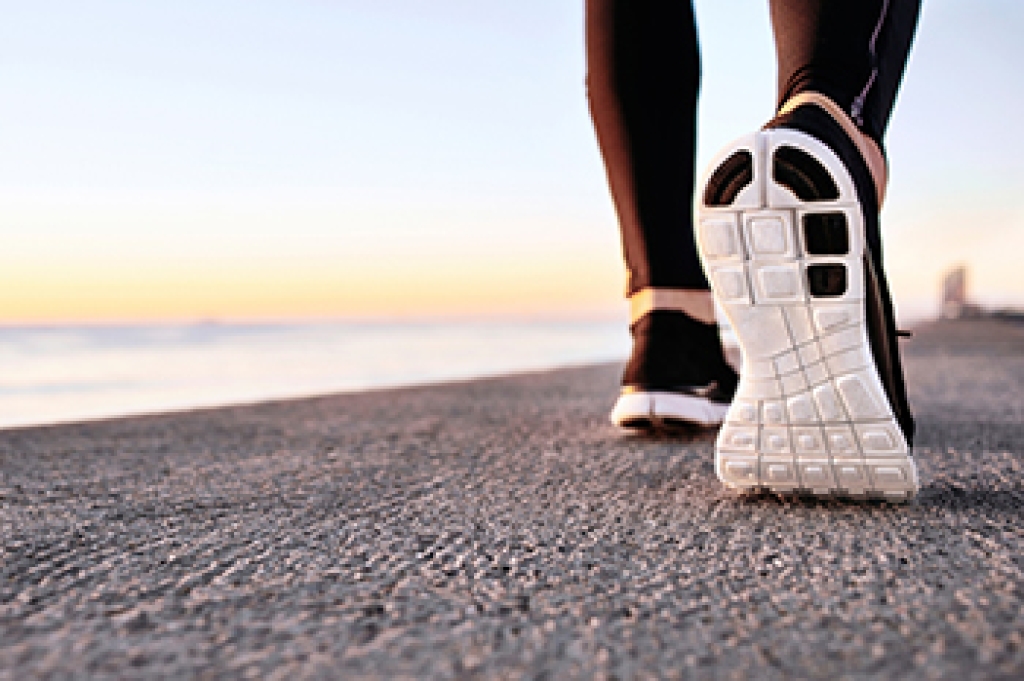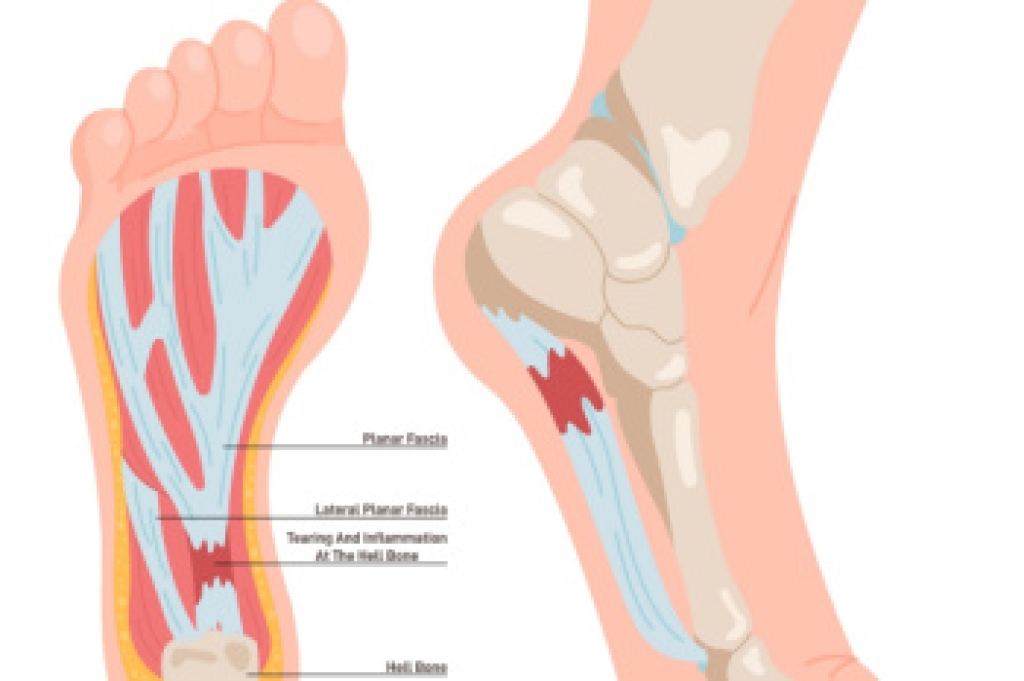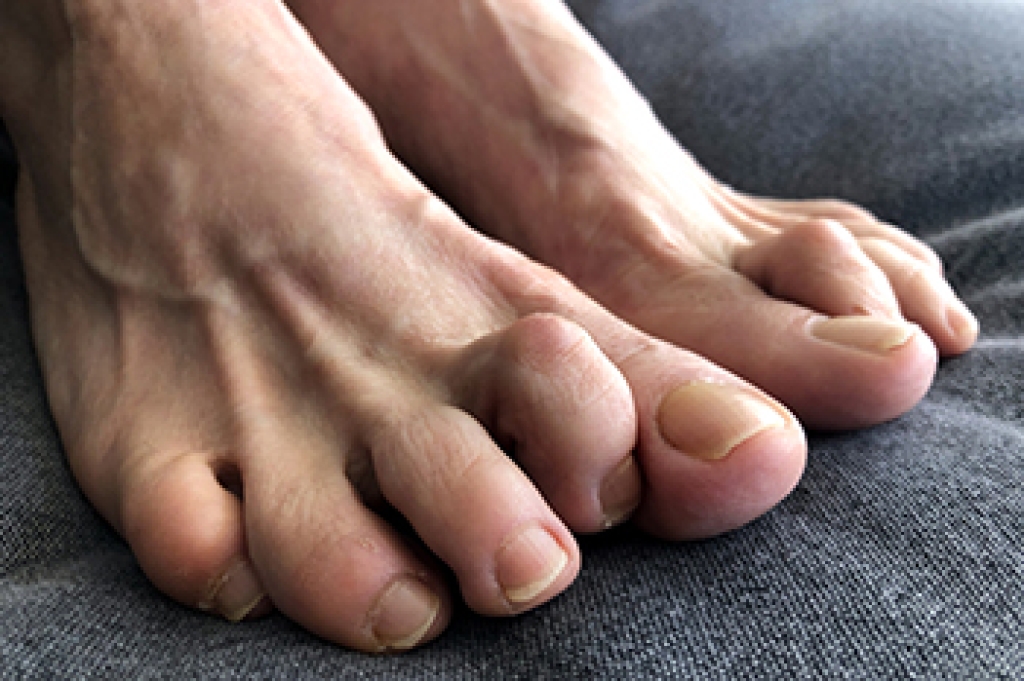
Walking and running shoes are designed differently to match how the feet move during each activity. Walking shoes usually have a flatter shape with flexible soles that support a smooth heel to toe motion. Running shoes are often more curved and lightweight to absorb higher impact forces. Support also varies, as walking shoes focus on stability, while running shoes provide added structure to control motion during faster strides. Cushioning is typically firmer in walking shoes, while running shoes offer more shock absorption to protect joints from repeated impact. Choosing the wrong shoe can lead to foot, ankle, or knee discomfort. A podiatrist can help by evaluating gait, foot structure, and activity level to recommend proper footwear or custom orthotics. If foot pain or fatigue occurs during walking or running, it is suggested that you consult a podiatrist who can treat various foot conditions, and guide you on the correct shoes to wear for your desired activity.
For more information about walking shoes versus running shoes, consult with Charles Oehrlein, DPM from Hoover Foot Care. Our practitioner can measure your feet to determine what your needs are and help you find an appropriate pair of footwear.
Foot Health: The Differences between Walking & Running Shoes
There are great ways to stay in shape: running and walking are two great exercises to a healthy lifestyle. It is important to know that running shoes and walking shoes are not interchangeable. There is a key difference on how the feet hit the ground when someone is running or walking. This is why one should be aware that a shoe is designed differently for each activity.
You may be asking yourself what the real differences are between walking and running shoes and the answers may shock you.
Differences
Walking doesn’t involve as much stress or impact on the feet as running does. However, this doesn’t mean that you should be any less prepared. When you’re walking, you land on your heels and have your foot roll forward. This rolling motion requires additional support to the feet.
Flexibility – Walking shoes are designed to have soft, flexible soles. This allows the walker to push off easily with each step.
If you have any questions, please feel free to contact our office located in Hoover, Oneonta, and Munford, AL . We offer the newest diagnostic and treatment technologies for all your foot care needs.




